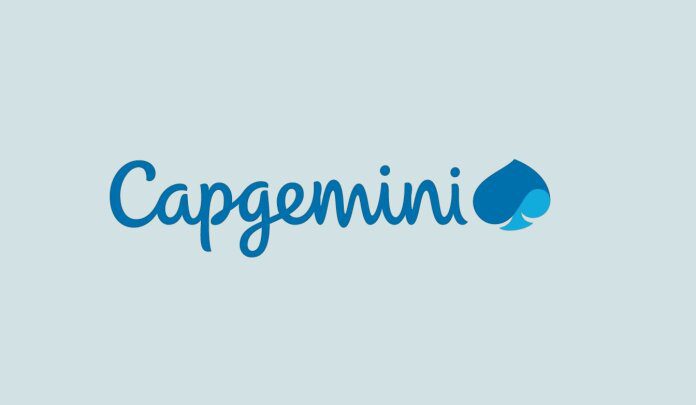
Remote work was already gaining popularity before the pandemic, but COVID-19 has fast-tracked this process – disruptions that were expected to occur over several years are happening within months. Hybrid work is no longer an option but a new norm, and enterprises can improve their workplace strategies by asking the right questions and seeking answers from those that have proven experience in this arena.
Every company wants to keep its employees satisfied and productive because a great employee experience translates to great business results. As more people work from home or remotely, the employee experience becomes increasingly critical to employee satisfaction and many other key factors that impact business performance.
Based on CRI’s discussions with global leaders and experts, our common consensus is that there will be no going back to a 100% in-office model in the foreseeable future – or perhaps ever. However, the precise definition of a “hybrid working model” may vary from company to company.
Rapidly evolving market trends and world events have underscored the importance of delivering a workplace of the future, which is more sustainable, feasible, credible, and personal.
Working closely with customers on their digital workplace transformative initiatives, I often face pertinent questions. Enterprises have faced unprecedented challenges in the past two years, so these questions bother us all.
Hybrid work model challenges and how to overcome
Although the way we work is becoming increasingly governed by digital solutions, the new normal is nothing without a human dimension. Organizations have found that the remote model boosts productivity and cost savings.
However, while productivity may have increased, employees are increasingly expressing concerns about the long-term consequences. They are heavily affected by a sense of constant availability online, which can result in burnout. Younger workers in particular need more support and effective supervision.
Today, nurturing a remote workforce has become business-critical. Companies have to focus on their employees – on changing needs and behaviors, on collaboration and communication improvement, on the right management and operating model, and of course, on data privacy and security.
A more sustainable, hybrid approach will support employees, boosting their motivation and performance by encouraging autonomy, empathy, trust, and transparency. This will require new leadership models and effective workplace transformation, which can only happen when HR, facilities, and IT work together.
Technology solutions to ensure hybrid work schemes are successful
There are diverse solutions to be taken into account to ensure hybrid work schemes are successful. The biggest challenge is the human impact in the digital workplace. This means building new relationships, transforming work culture, and providing workspace innovations according to changing people demands.
A new work environment will require implementing the right infrastructure and technologies, which enable the adoption of efficient, intuitive, and secure digital tools.
The office redesign will require establishing new collaboration zones, both physical and virtual, including VR-, AR-, and MR-boosted; introducing integrated workplace management platforms and effective desktop as a service solution; application of IoT data to influence human behaviors.
The key point is keeping a focus on the user’s journey, and user-centric design to map technology solutions fitting employees’ needs to boost their well-being and achieve a great user experience.
Capturing, measuring, and tracking employees’ experiences will allow identifying the levels of motivation or engagement scores by tracking IT performance data, work, or communications patterns.
The effective adoption of new solutions by employees calls also for a new approach (such as gamification), to empower collaboration, interaction, and creation in this hybrid work era.
Credit- Capgemini, Edited by Romesh Srivastava








